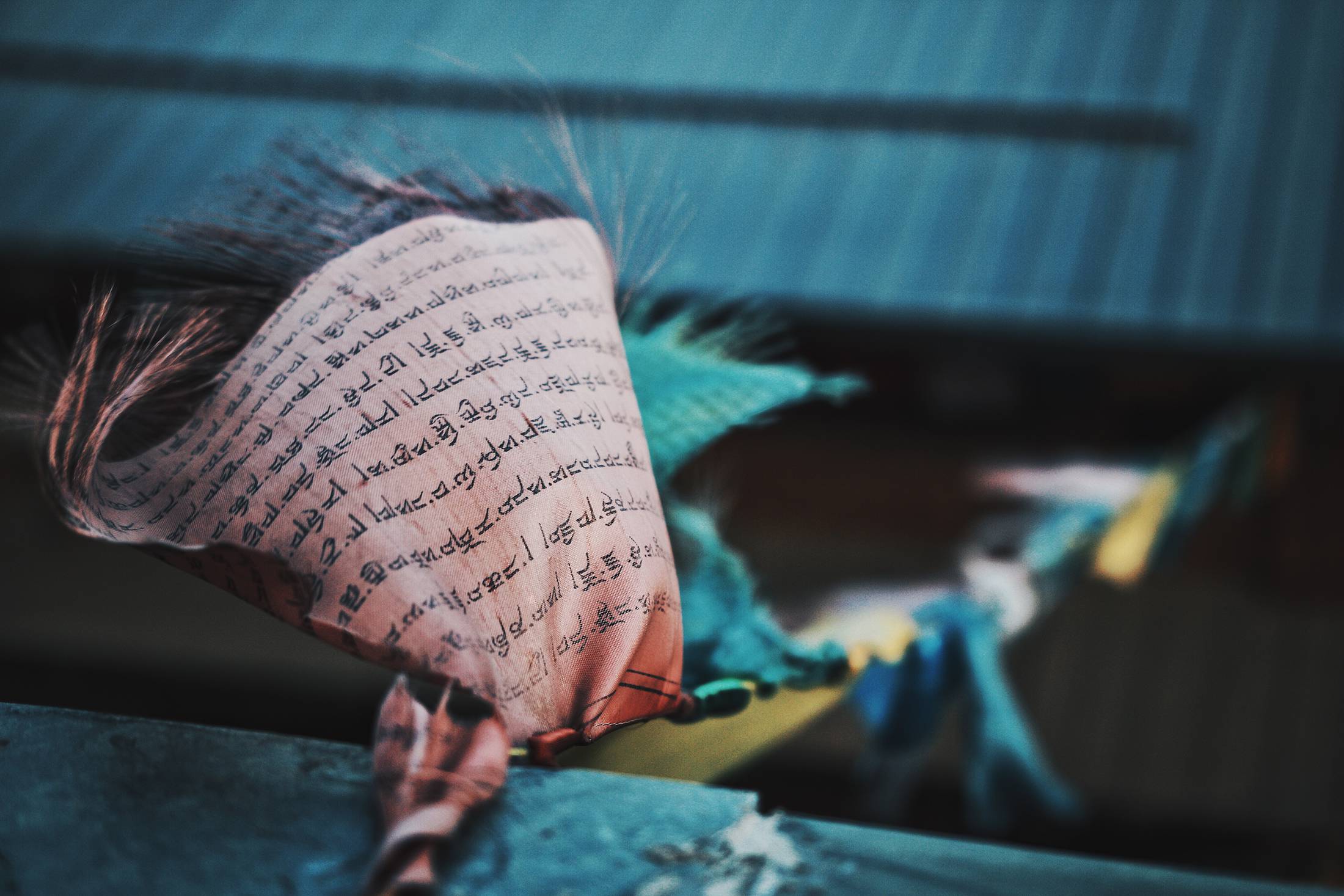You hear a lot of talk about energy in yoga classes, but it’s rare that anyone actually brings up the Prana Vayus.
Basically, energy moves in five general ways, “directions,” or paths. They’re the Prana Vayus… or literally “winds.”
- Prana Vayu
- Apana Vayu
- Udana Vayu
- Vyana Vayu
- Samana Vayu
I like to talk about them for a simple reason. When an instructor asks: “Do you feel the energy moving up the… ?,” and you’re pretty much thinking… “No?” the Vayus are why.
See, energy can be directed – or felt – in different ways during most of the postures or flows in a typical Hatha based class. Depending on where your focus is – or even where you happen to be emotionally in your life – you may feel, or direct, energy in a different manner than the instructor intends to guide you.
Prana Vayu
Wait… what?!? Prana Vayu is one of the Prana Vayus? Yeah… sometimes yoga is like that. You’ll just have to bear with this one and remember that prana – the energy of all things – is within you.
Prana Vayu is an inward movement. Consider you pull Prana in with each breath. The most basic and natural function of the system corresponds with the most basic building block of life; prana.
When you’re struggling in a posture, holding your breath, then remember to breathe. That feeling of energy and “correctness” or alignment within the pose that sweeps over the body is Prana Vayu.
Apana Vayu
This is the Samuel L. Jackson, in Pulp Fiction, of energy. Picture that scene “And I will strike down upon thee with great vengeance…” as he’s leaning into the guy on the chair.
Apana Vayu is that same force – looming over, pointing down, setting you in your place energy. It’s grounding and rooting. It’s setting energy into the foundation: the Muladhara Chakra.
Apana Vayu is marked by a rooting or stabilizing feeling. It’s best culminated with stable standing postures like Tadasana, or seated postures with a lot of area touching the ground. Apana Vayu is best felt in balance postures. It is experienced when you feel wobbly, but lift the body as you press down into the earth- all of the sudden feeling stable, like you could hold the posture forever. That’s Apana.
Udana Vayu
By mastery over the udana nerve current one accomplishes levitation over water, swamps, thorns etc. – Sutras 3.40
Udana is mentioned by name in the Yoga sutras under sidis – or powers. For that reason, I don’t tend to offer a way to remember it, but the u at the beginning and it’s resemblance to urd which both indicate up are good ways to remember udana is the upward wind.
Of course, just remembering that the sutras teach you how to levitate by mastering udana is another good way!
Udana is often described as up and in; not just up. When you’re in mountain and you take a full breath in, while lifting the crown to the ceiling, this is udana. Feel the prana coming in – and lifting up. Master that and you’ve got the best asana parlor trick in the book. Literally, in “the” book.
Vyana Vayu
Vyana is the energy of Vinyasa. (Not sure why I said the vayus can be felt in any Hatha based class, but I’m now mentioning Vinyasa? Check out this video.)
Vinyasa is a sequence of postures, typically repeated encouraging familiarity and shutting off the brain. Vyana Vayu is the energy of cycles; the energy of expansion.
Consider as you move through a sequence, the first time through may feel stiff or unnatural. The second or third… or fourth will begin to feel more comfortable and natural. Additionally, as you’re in Warrior II, imagine a space an inch or so beyond the fingers, then reach through the fingertips feeling the expansion of the self from the heart outward. Both are good ways to feel the energy of Vyana.
Samana Vayu
You don’t really notice Samana. I always think of it as “somehow.” Samana Vayu is the energy of transformation.
Change doesn’t happen overnight. It’s in small steps on a path until you look back and see how far you’ve gone. Step after step doesn’t feel like much, but somehow you’ve made it here – further than there. Transformed in some way, if but only from one place to another.
Remember when you first started yoga, some of those poses looked impossible… or felt even worse? But, now, you flow into them with ease and agility! This is the energy of Samana Vayu. The fight is gone and the ease is in place.
In some instances, starting with a posture at the beginning of class and repeating it near the end will show the energy of transformation. I’m thinking seated forward fold here.
Prana
Prana stimulates actions and activates intelligence. – B.K.S. Iyengar
Prana is the life force. All energies, potential and existent, vibrating and physical are prana.
We can control of this energetic life force. During our physical practice, we can use the Annamaya kosha (physical body) and/or the Manomaya kosha (mind) to affect the Pranamaya kosha (energy body) to feel and affect the winds of energy; the Prana Vayus.

DISCLAIMER: The information on this website is for informational purposes only. It is not intended to diagnose, treat, prevent or cure any disease.
